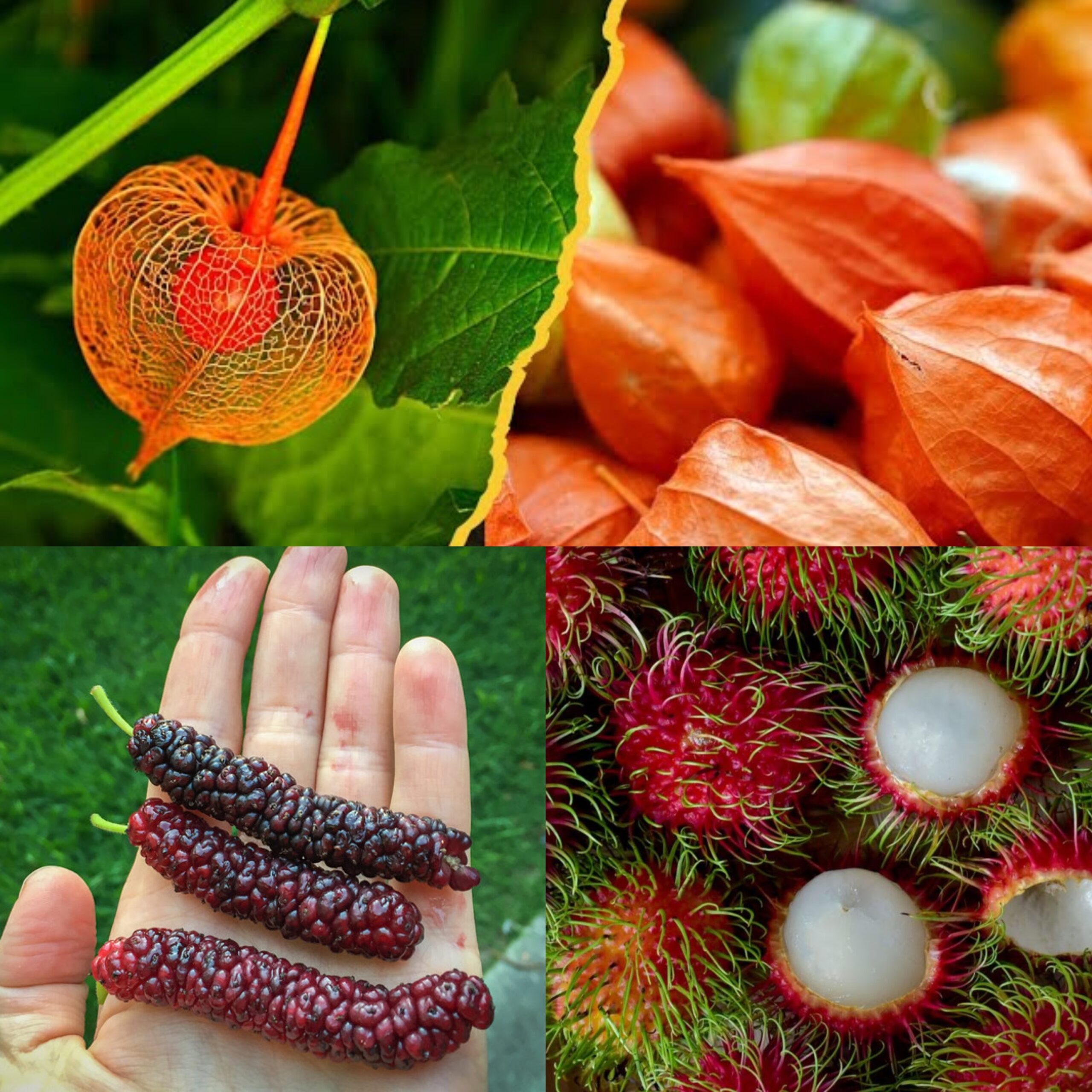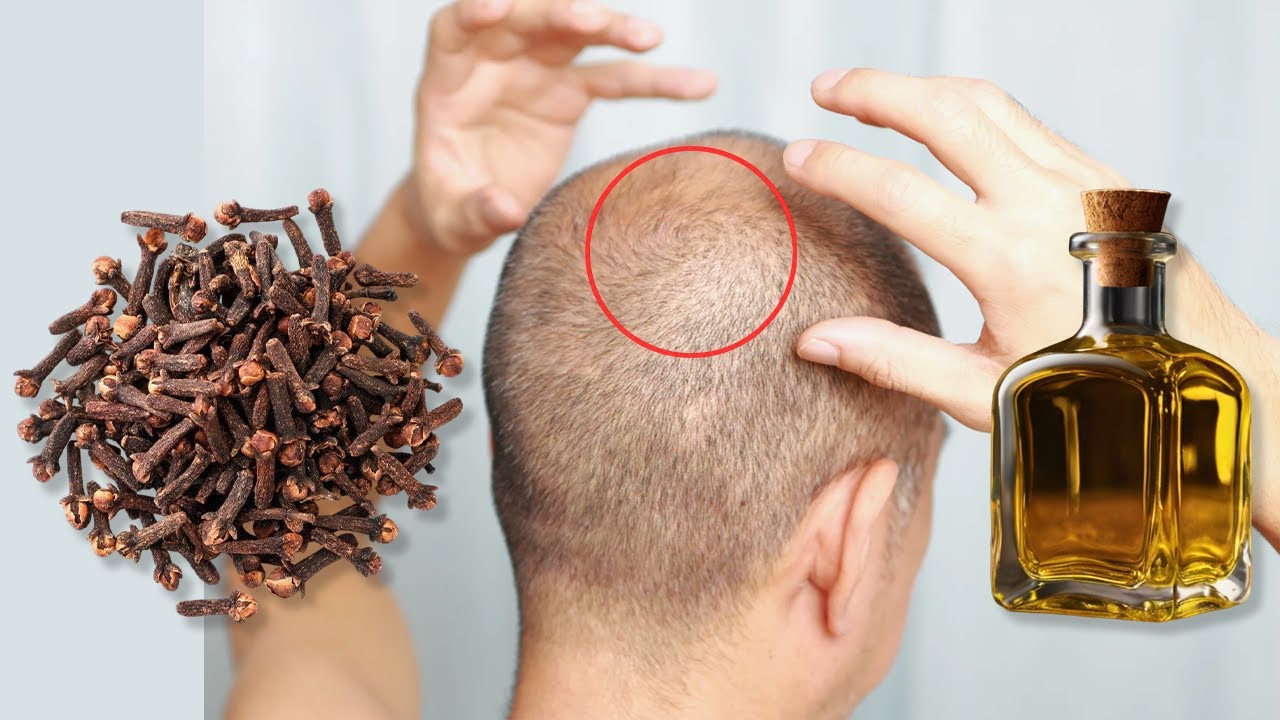
The world of fruits is as diverse as it is delicious, with some unique and unusual varieties that most people have never heard of. From vibrant colors to exotic flavors, here’s a look at some of the rarest fruits from around the globe that you might not believe actually exist!
1. Jabuticaba (Brazilian Grape Tree)
- Origin: Brazil
- Description: This bizarre fruit grows directly on the trunk of the tree, giving it a unique appearance. Jabuticaba looks like a grape but has a thicker skin and a sweet-tart flavor similar to berry-flavored candy.
- Taste and Benefits: It’s rich in antioxidants, vitamin C, and anti-inflammatory properties, making it as healthy as it is unusual.
2. Rambutan
- Origin: Southeast Asia
- Description: Often mistaken for lychee, rambutan has a hairy outer shell that hides its juicy, sweet interior. Once peeled, the translucent fruit tastes mildly sweet with a hint of floral flavor.
- Taste and Benefits: Rambutan is loaded with vitamin C and other antioxidants, making it great for immune health and skin.
3. Mangosteen
- Origin: Southeast Asia
- Description: Known as the “Queen of Fruits,” mangosteen has a thick purple rind that opens to reveal soft, juicy white segments. Its flavor is sweet with a slight tartness, often compared to a mix of strawberry and peach.
- Taste and Benefits: High in antioxidants and anti-inflammatory compounds, mangosteen is known for its potential health benefits and unique flavor.
4. Miracle Fruit (Synsepalum dulcificum)
- Origin: West Africa
- Description: This berry contains a compound called miraculin, which temporarily alters taste buds, making sour foods taste sweet.
- Taste and Benefits: While it doesn’t have a strong flavor itself, miracle fruit is fun to try with foods like lemons and vinegar. It’s also rich in antioxidants.
5. Buddha’s Hand (Fingered Citron)
- Origin: India and China
- Description: Shaped like a lemon with finger-like sections, Buddha’s Hand is often used for its zest, as it has a strong, fragrant aroma and lacks any pulp or juice.
- Taste and Benefits: Known for its incredible fragrance, Buddha’s Hand is often used in teas, desserts, and perfumes and is rich in vitamin C.
6. Hala Fruit (Pandanus)
- Origin: Pacific Islands
- Description: Hala fruit looks like a spiky orange globe and is made up of segments that resemble wedges. It’s challenging to eat, but locals chew on the segments to release its mildly sweet juice.
- Taste and Benefits: The fibrous segments are high in vitamin A and are chewed for their refreshing, sweet flavor.
7. Sapodilla
- Origin: Mexico, Central America
- Description: This small, brown fruit has a rough exterior, but inside, it’s incredibly sweet with a caramel-like flavor.
- Taste and Benefits: Sapodilla is a great source of fiber, vitamins, and antioxidants and has a honey-sweet flavor reminiscent of brown sugar.
8. Black Sapote (Chocolate Pudding Fruit)
- Origin: Central and South America
- Description: Known as the chocolate pudding fruit, black sapote has a custard-like texture and a flavor similar to chocolate when ripe.
- Taste and Benefits: It’s a low-calorie treat that’s rich in vitamin C and potassium, making it a guilt-free alternative to satisfy chocolate cravings.
9. Salak (Snake Fruit)
- Origin: Indonesia
- Description: Named for its reddish-brown scaly skin, snake fruit is crunchy and juicy with a sweet and slightly tangy taste.
- Taste and Benefits: It’s a great source of fiber and vitamin C, and the flavor is a blend of pineapple and banana.
10. Ackee
- Origin: West Africa and Jamaica
- Description: Ackee is a unique fruit with creamy, buttery flesh. However, it must be ripe and properly prepared before eating, as unripe ackee can be toxic.
- Taste and Benefits: When prepared safely, it’s a popular ingredient in Jamaican cuisine and is rich in healthy fats, protein, and vitamins.
These rare fruits are not only fascinating but also offer a variety of health benefits and unique flavors. If you ever get the chance, try them to experience the diverse and wonderful world of exotic fruits!




